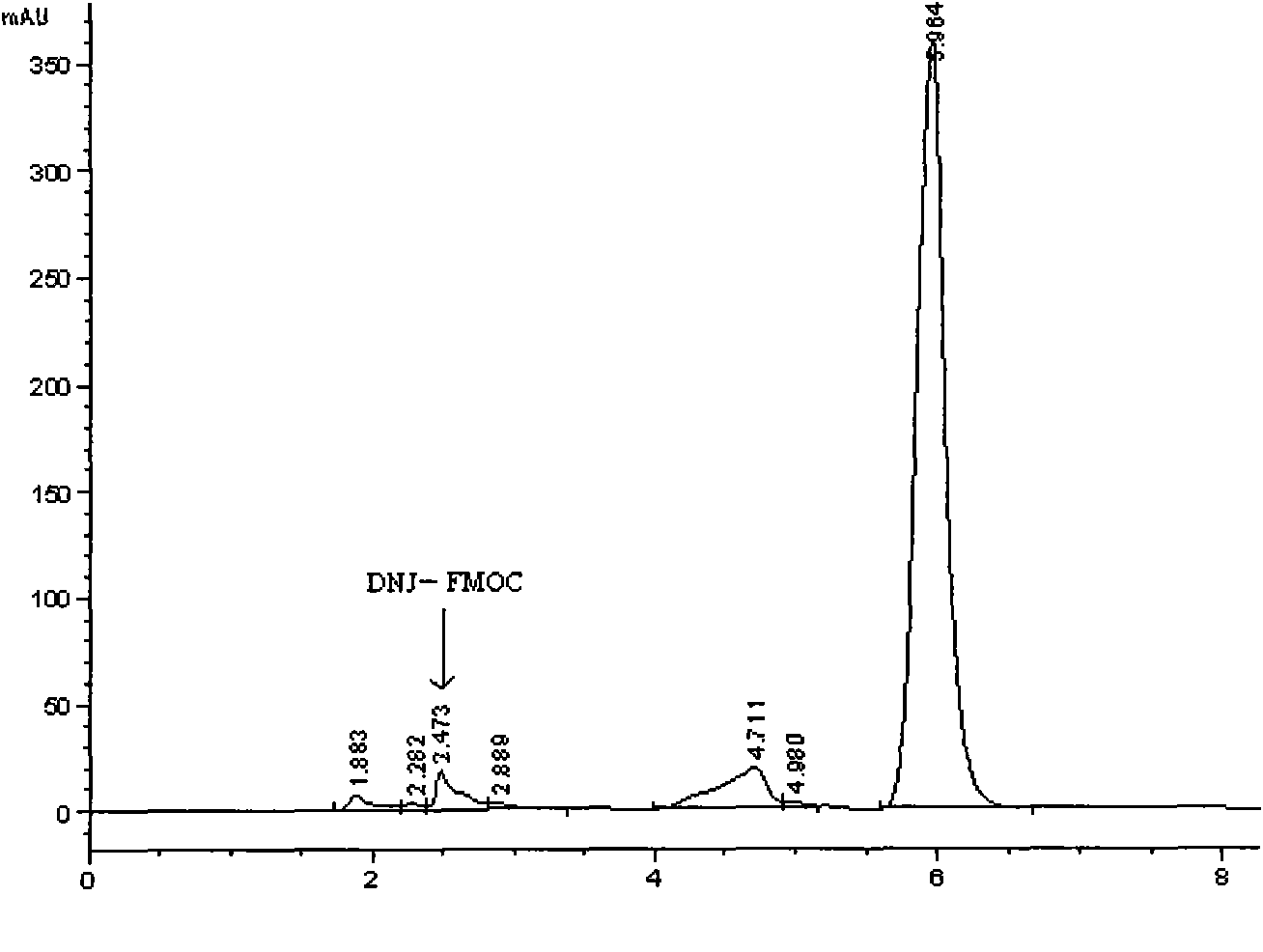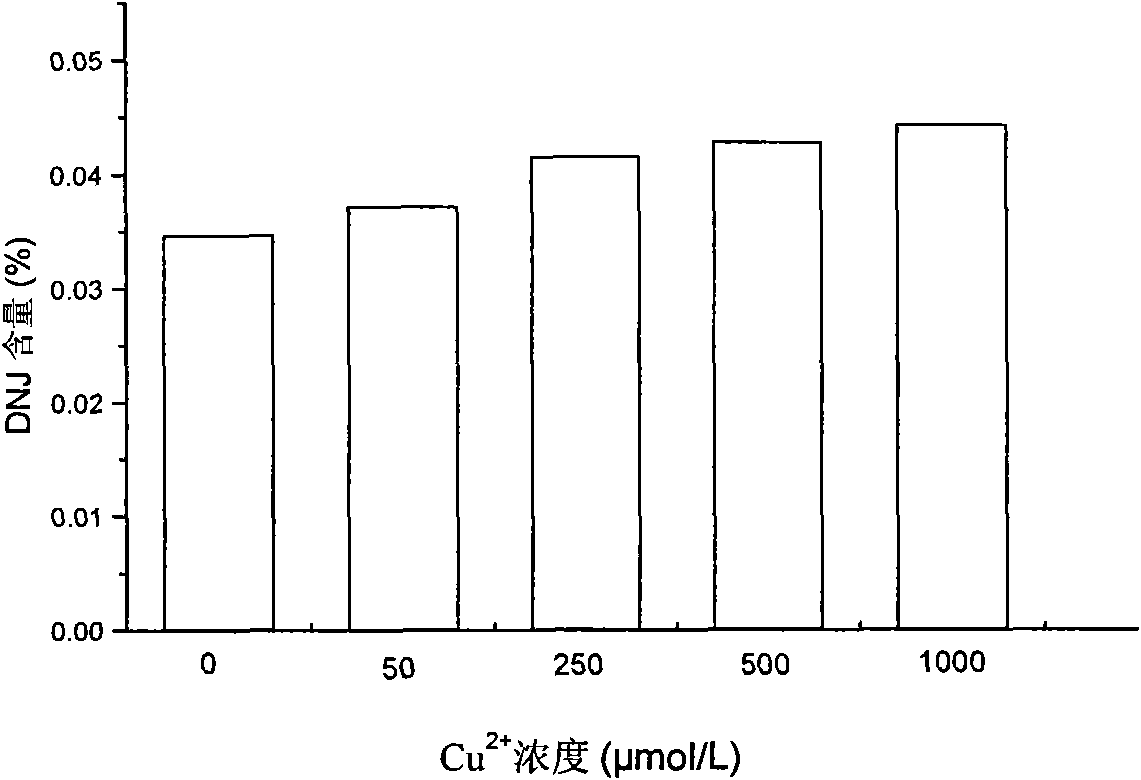Method for bioremediating waste water containing copper by common dayflower
A technology of sewage organisms and Commelina, applied in the field of environmental pollution control, can solve problems such as resource limitation
- Summary
- Abstract
- Description
- Claims
- Application Information
AI Technical Summary
Problems solved by technology
Method used
Image
Examples
Embodiment 1
[0039] The branches or plants of Setcreasea purpurea Boom are made into a floating bed, planted in sewage with a copper ion concentration of 50 μmol / L, and Bacillus Licheniformis (Bacillus Licheniformis) 0.1-1 g / m is added to the sewage at the same time 2 , let Commelina purple leaf fully absorb copper ions during the growth process, until the growth of Commelina purple leaf is in good condition when harvesting, the survival rate of the plant is increased by 45% compared with that without adding bacteria agent, and the data is analyzed by using SPSS analysis software Analysis of variance, the results show that under this copper concentration treatment, the survival rate of the experimental group that has added bacterial agents is significantly different from that of the experimental group (P2 SO 4 , microwave-assisted leaching twice, filtered, and combined filtrates to obtain the crude extract of DNJ. After removal of impurities, DNJ was purified and separated by a conventiona...
Embodiment 2
[0041] Make a floating bed from the branches or plants of Commelina communis Linn, and plant them in sewage with a copper ion concentration of 250 μmol / L, and add 0.1 to 1 g / m of Bacillus subtilis to the water at the same time 2 , let Commelina purple leaves fully absorb copper ions during the growth process, until the growth of Commelina purple leaves is in good condition when harvesting, the survival rate of the plants is increased by 35% compared with that without adding bacterial agents, and the data is analyzed by using SPSS analysis software Analysis of variance, the results show that under this copper concentration treatment, the survival rate of the experimental group added with bacterial agent is significantly different from that of the experimental group (P<0.05). The copper ion concentration in the water body of the control sample was 153.8 μmol / L). Harvest Commelina sativa enriched with copper ions, extract and isolate DNJ.
Embodiment 3
[0043] The branches or plants of Tradescantia reflexa Rafin are made into a floating bed, planted in sewage with a copper ion concentration of 500 μmol / L, and 0.1-1 g / m of Bacillus mucilaginosus is added to the water at the same time 2 , let Commelina purple leaves fully absorb copper ions during the growth process, and the concentration of copper ions in the water body after restoration is 213.5 μmol / L (the concentration of copper ions in the water body without adding bacterial agents is 265.7 μmol / L). Harvest Commelina sativa enriched with copper ions, extract and isolate DNJ.
PUM
 Login to View More
Login to View More Abstract
Description
Claims
Application Information
 Login to View More
Login to View More - R&D
- Intellectual Property
- Life Sciences
- Materials
- Tech Scout
- Unparalleled Data Quality
- Higher Quality Content
- 60% Fewer Hallucinations
Browse by: Latest US Patents, China's latest patents, Technical Efficacy Thesaurus, Application Domain, Technology Topic, Popular Technical Reports.
© 2025 PatSnap. All rights reserved.Legal|Privacy policy|Modern Slavery Act Transparency Statement|Sitemap|About US| Contact US: help@patsnap.com



